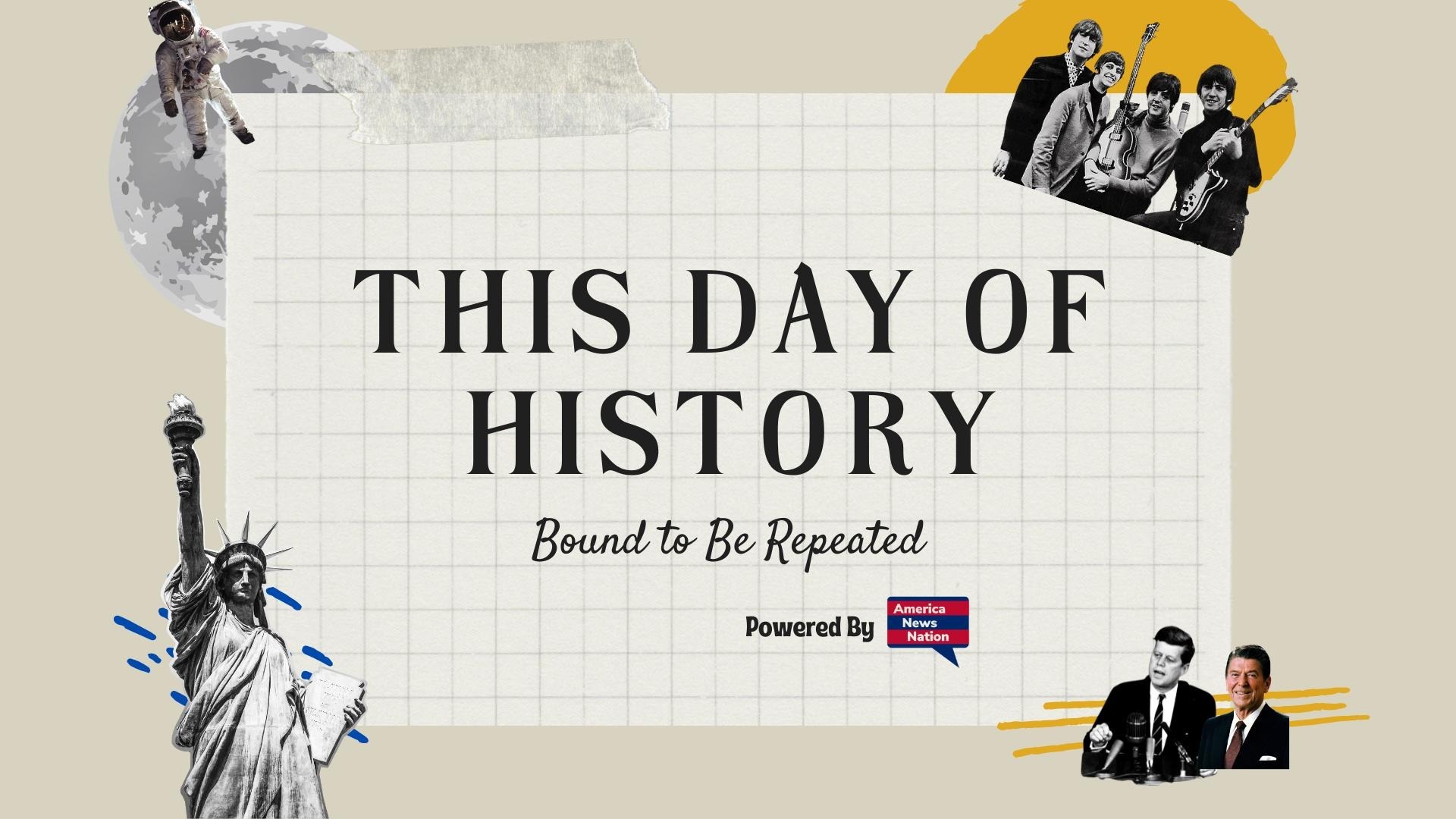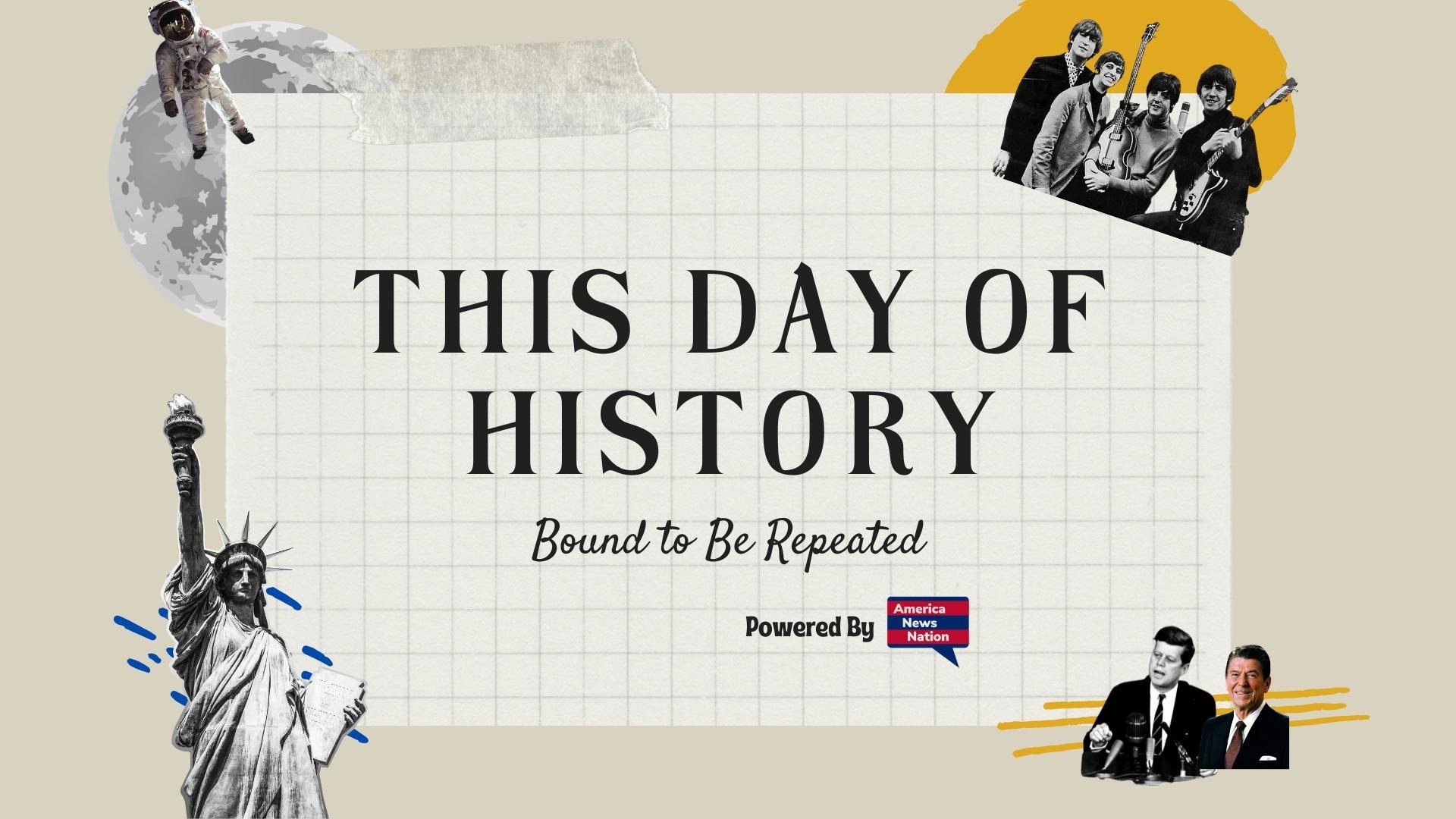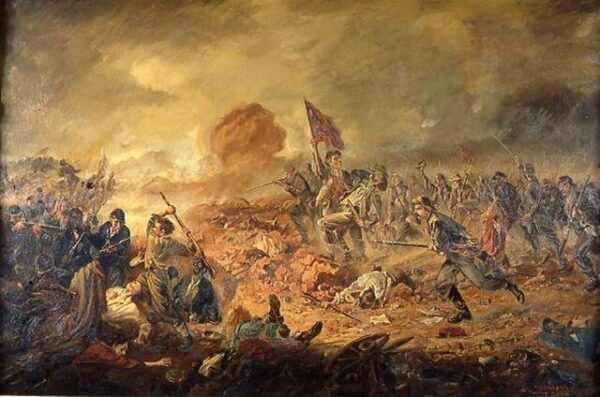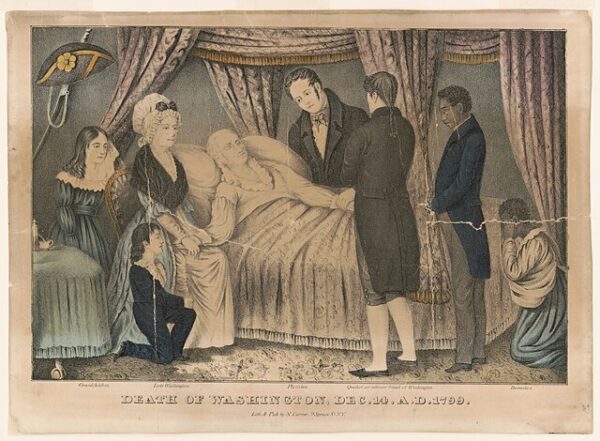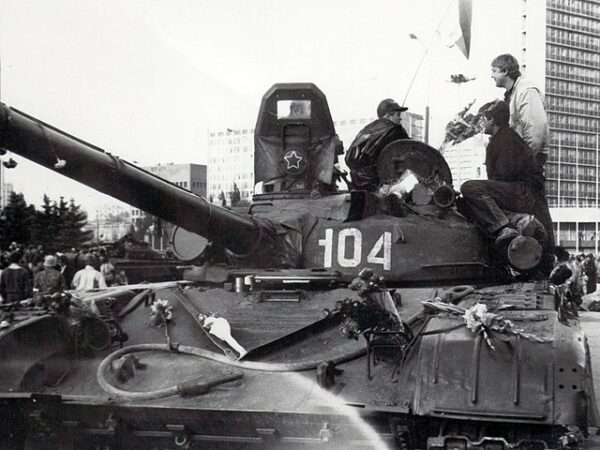On the morning of July 30, 1864, Union forces launched a bold yet catastrophically mishandled attempt to break the Confederate lines outside Petersburg, Virginia—an effort that would become known as the Battle of the Crater. As part of the larger Petersburg Campaign, the battle was born from a novel and desperate idea: dig a long tunnel beneath the enemy’s fortified position, pack it with explosives, and detonate it to create a breach in General Robert E. Lee’s entrenched defenses. The plan was devised not by a general, but by Lieutenant Colonel Henry Pleasants of the 48th Pennsylvania Infantry, whose men—many of them coal miners in civilian life—undertook the tunneling project with enthusiasm and technical precision.
The mine extended over 500 feet and terminated beneath Elliott’s Salient, a protruding section of the Confederate line. On the morning of July 30, around 4:44 a.m., Union engineers ignited four tons of black powder. The resulting explosion was tremendous, instantly killing some 250 Confederate soldiers and leaving a crater 170 feet long, 60 feet wide, and 30 feet deep. For a brief moment, it seemed that the daring plan had succeeded beyond hope. The explosion had opened a gaping hole in the enemy’s lines—yet the opportunity it created would be squandered in one of the war’s most infamous tactical failures.
Initially, the operation called for a specially trained division of U.S. Colored Troops to lead the assault, under General Edward Ferrero. These troops had rehearsed the attack, were trained to skirt the edges of the crater, and had a clear objective to break through and flank the Confederate position. However, at the eleventh hour, General George G. Meade—commanding under General Ulysses S. Grant—feared the political consequences of heavy black casualties and ordered a change. Instead, white troops from General James Ledlie’s division, untrained and uninformed of the plan, were sent in.
Ledlie’s men charged directly into the crater itself, only to become trapped in the pit, confused and exposed to intense Confederate fire from the surrounding heights. Rather than maneuvering around the crater, Union troops poured into it, creating a densely packed mass of disorganized soldiers unable to scale the steep walls. Confederate forces quickly regrouped. Under General William Mahone, they launched a ferocious counterattack, firing down into the crater and turning it into a killing ground. Artillery, musketry, and bayonets rained death upon the trapped Union soldiers, including reinforcements who were also funneled into the same deadly hole.
The tragedy was compounded by poor leadership. General Ledlie, by some accounts, remained far from the front lines, allegedly drinking during the assault. Coordination broke down entirely, and what had been conceived as a daring engineering exploit devolved into a one-sided slaughter. When the U.S. Colored Troops were finally sent in, they too were ordered into the crater rather than around it, suffering horrendous losses in brutal close combat. Of the roughly 15,000 Union troops involved, casualties numbered around 3,800—nearly triple the Confederate losses, which were about 1,500.
The Battle of the Crater marked not only a tactical defeat for the Union, but also a moral and symbolic one. It highlighted the Army of the Potomac’s chronic leadership problems and the persistent racial prejudice that undermined effective use of black soldiers. General Grant would later call the assault “the saddest affair I have witnessed in the war,” a stinging indictment of the mismanagement that plagued the operation. The failure prolonged the siege of Petersburg, which would drag on for another eight months until April 1865, when Union forces finally broke through—only days before the Confederate surrender at Appomattox.
Today, the site of the Crater stands preserved within Petersburg National Battlefield, a solemn reminder of ingenuity undone by incompetence, and of how a single decision—whether tactical, logistical, or racial—can decide the fate of thousands.
